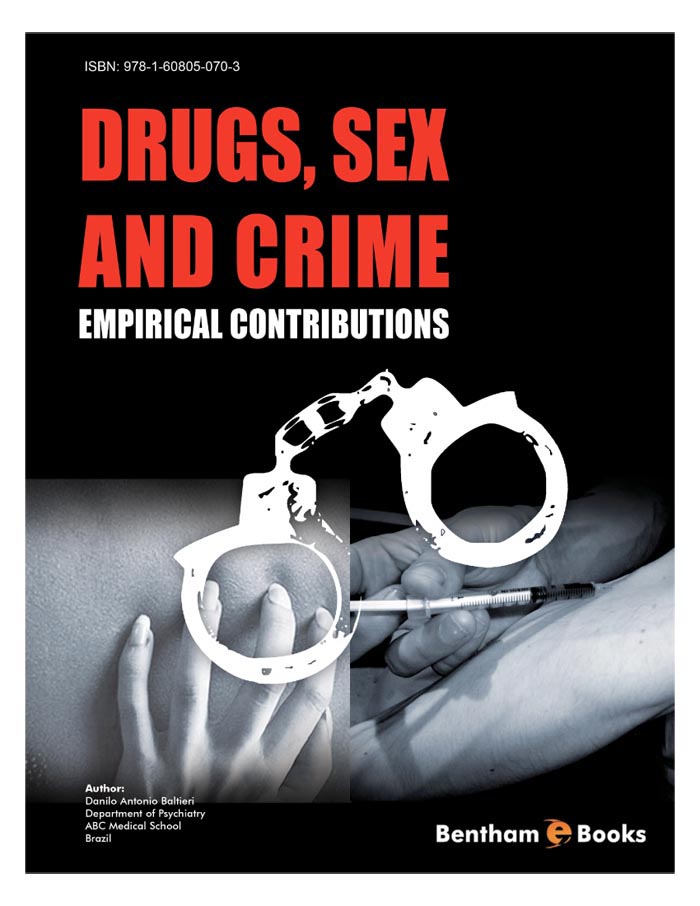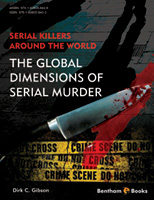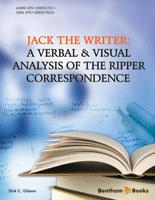It is both a pleasure and an honor to be asked to write a preface for a book - particularly when the book is excellent and that is the case with the present volume edited by Dr. Baltieri. This is not just another book on drugs, sex, and crime. This book confirms many of the current international findings in the Brazilian context, but more importantly, it also expands the international knowledge base about these issues. For example, there is ample international evidence that alcohol and drug misuse are commonly related to many types of crime - and this is confirmed in the present book. However, this book clearly shows that substance misuse is also intimately connected to sexual crimes and even more interestingly, that different patterns of substance misuse are related to different types of sexual offenders. This latter finding is very important and new, making this book an important contribution to the international forensic literature.
This is ambitious and compelling book - there are three chapters which focus sexual offending: male adult (both against children and adults) sexual offenders, juvenile sexual offenders, and pedophilic children molesters. These three chapters examine patterns of substance misuse, and how these patterns are linked to particular sorts of sexual criminal behavior and diagnostic entities. But the book first sets the scene for these chapters by providing an international overview of the issues, plus a focus on epidemiological data on substance misuse in Brazil, including noting the gaps in the knowledge base.
The three chapters on sexual offenders are tremendously important for both diagnostic and treatment purposes. I realize from my conversations over the years with Professor Lippi of the University of Sao Paulo and Dr. Baltieri of ABC Medical School that sex offender assessment and treatment is still developing in Brazil. However, these three chapters provide a great amount of information that is related to effective treatment of these offenders. For example, if certain types of offenders misuse alcohol more often than drugs (e.g., child molesters), then alcohol misuse is likely to be more commonly part of the offence pathway for such offenders - and a focus of any good multi-modal treatment program. Further, if non-pedophilic child molesters differ from pedophilic child molesters in terms of the dimensions of their substance misuse, then again the focus of treatment in this regard will be somewhat different. Certainly, the evidence presented shows that substance misuse is risk-relevant and one ignores the role of substances in the patients' offence pathways with perilous potential. That is, if substance misuse (not necessarily addiction) is part of an offender's crime pathway, addressing and eliminating the factor will decrease the likelihood that the offender will reoffend.
The ambitious nature of the book really comes out with the scope of the remaining chapters: female violent offenders, filicide/parricide, AIDS and sexual crimes - and how these phenomena may be linked to differing patterns of substance misuse. Admittedly, some of the topics are speculative - but only by informed speculation and discussion can new hypotheses and research be initiated on route to finding effective assessment and intervention strategies. In this regard, these chapters are excellent. The final chapter addresses the important issue of the treatment of substance misuse in the context of the Brazilian legal system.
Substance misuse is a common criminogenic (crime-causing) factor that is unlike almost any other criminogenic factor - it is relatively easily and effectively treated and monitored to ensure compliance. It is not possible for the criminal justice system to address systemic issues such as poverty, over-population, AIDS, or unemployment. However, the criminal justice system can address education, job-skills, sexual disease knowledge, and substance misuse. If the Brazilian prison system wants to save money, it should look abroad to Canada and other countries that provide substance abuse to all inmates who are willing to participate. The evidence shows that this factor alone, if addressed, helps to dramatically decrease the relapse and reconviction rates of substance misusing offenders, saving a great deal of personal anguish and public money.
In closing, this is an important book that sets a challenge for forensic mental health providers in Brazil, the Brazilian criminal justice system, and the country's political leaders. This book states: here is the problem, here are some of the dimensions of the problem, and here are some suggested means of dealing with it.
Can Brazil meet the challenge put forth by this book? With professionals like Dr. Baltieri and his colleagues leading the discussion, there is every reason to be optimistic.
Douglas P. Boer, Ph.D., R.Clin.Psych.
Associate Professor of Psychology
The University of Waikato
Hamilton, New Zealand



